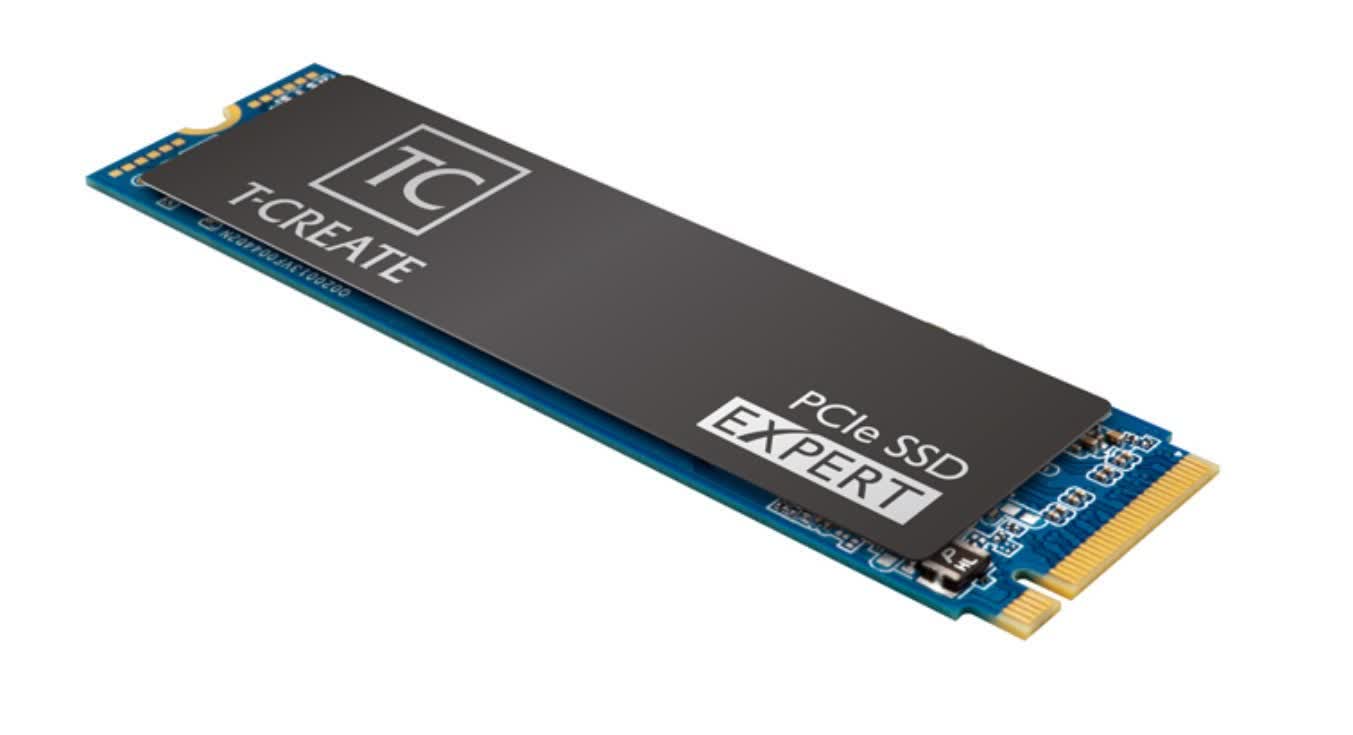In context: Seeing as there are graphics cards designed specifically for mining cryptocurrency, the inevitable has happened: a company has introduced an SSD with an incredible endurance level, pitching it as the perfect solution for mining storage-based Chia crypto.

We've been warned of potential storage shortages and price hikes as a result of Chia, which uses a proof of space and time model that allows miners to farm/earn the currency by allocating their unused disk space. Adata says it has prompted a 500% increase in its SSD sales, while Galax says that mining Chia will void its SSDs' warranties.
Potentially helping the situation is T-Create, a sub-brand of TeamGroup, which is pitching its new T-Create Expert PCIe SSD as the perfect option for Chia miners, thanks to its endurance level of up to 12,000 TBW (terabytes written). The company notes that this is 3 to 10 times more durability than its MP33 and QX SSD lines and will "eliminating the hassle of constantly replacing SSDs and providing more valuable time to mine cryptocurrency!"
The M.2 NVMe T-Create Expert SSD offers up to 3,400MB/s read and up to 3,000MB/s write speeds, which is faster than many PCIe 3.0 drives we've tested. It also features a Silicon Motion SM2262ENG controller paired with 64-layer 3D TLC flash from Micron.
The SSD comes in 2TB (12,000 TBW) and 1TB (6,000 TBW) capacities and features the industry's first 12-year ultra-long term warranty. Given that it is targeting Chia miners, one assumes crypto mining won't void this guarantee à la Galax.
According to TechPowerUp's review, the 2TB SSD is priced at $800 while the 1TB version is $400. That works out at a less-than-generous 40 cents per GB for the former model. They're available to pre-order now, though the website doesn't make them easy to find.
https://www.techspot.com/news/89560-teamgroup-ultra-durable-t-create-expert-nvme-ssd.html
